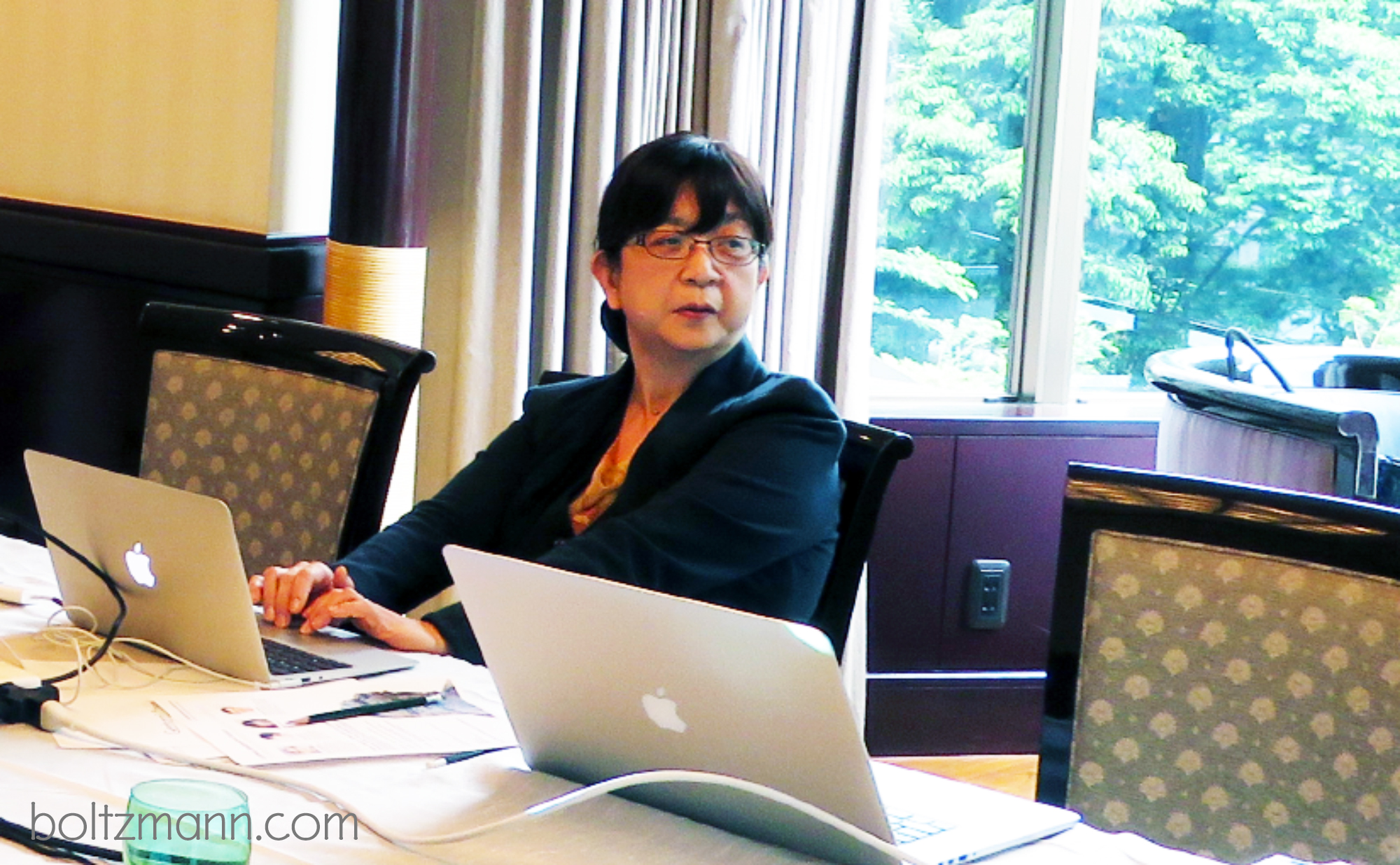Month: May 2016
-

Dame Carol Black: Advancing women in healthcare
Advancing women in healthcare Dame Carol Black DBE FRCP FMedSci keynote given at the Ludwig Boltzmann Forum on women’s development and leadership, Tokyo, Monday 16 May 2016 by Dame Carol Black DBE FRCP FMedSci, Principal of Newnham College, Cambridge University, and Expert Adviser on Health and Work, Department of Health and Public Health England (Summary…
-

Kyoko Nomura: Gender inequality in Japan – a case report of women doctors
Gender inequality in Japan: a case report of women doctors Kyoko Nomura, MD, MPH, PhD keynote talk presented at the Ludwig Boltzmann Forum on women’s development and leadership, Tokyo, Monday 16 May 2016 [Japanese version 日本語版 野村恭子、医師・医学博士、日本の男女共同参画:女性医師を事例に] by Kyoko Nomura, MD, MPH, PhD: Director, Support Center for women physicians and researchers, Associate professor, Department of Hygiene…
-

Ludwig Boltzmann Forum on women’s development and leadership in the medical sector
Women’s development and leadership Gerhard Fasol, Chair Tokyo, Monday 16 May 2016, 9:00-11:00am Location: Hotel Chinzanso Tokyo (Satsuki Conference Room), Sekiguchi 2-10-8, Bunkyo-ku, Tokyo 112-8680, Japan Program Gerhard Fasol: Objectives of the Ludwig Boltzmann Forum on Women’s development and leadership Gerhard FasolCEO , Eurotechnology Japan KK, Board Director, GMO Cloud KK., former faculty Cambridge University…
-

Kiyoko Kato: Current state of female doctors in Japanese Obstetrics and Gynecology
The current state of female doctors in Japanese Obstetrics and Gynecology 「日本の産科婦人科における女性医師の現状」 Kiyoko Kato 加藤聖子、教授。九州大学大学院医学研究院。生殖病態生理学 keynote given at the Ludwig Boltzmann Forum on women’s development and leadership, Tokyo, Monday 16 May 2016 by: Kiyoko Kato, Professor Department of Gynecology and Obstetrics Graduate School of Medical Sciences Kyushu University (Summary of Professor Kiyoko Kato’s keynote written…
-

Gerhard Fasol: Ludwig Boltzmann Forum on Women’s development and leadership – workshop objective
Ludwig Boltzmann Forum on Women’s development and leadership – workshop objective Gerhard Fasol keynote given at the Ludwig Boltzmann Forum on women’s development and leadership, Tokyo, 16 May 2016 by Gerhard Fasol PhD CEO, Eurotechnology Japan KK, Board Director, GMO Cloud KK. former faculty Cambridge University, and Trinity College, and Tokyo University Objectives for the…